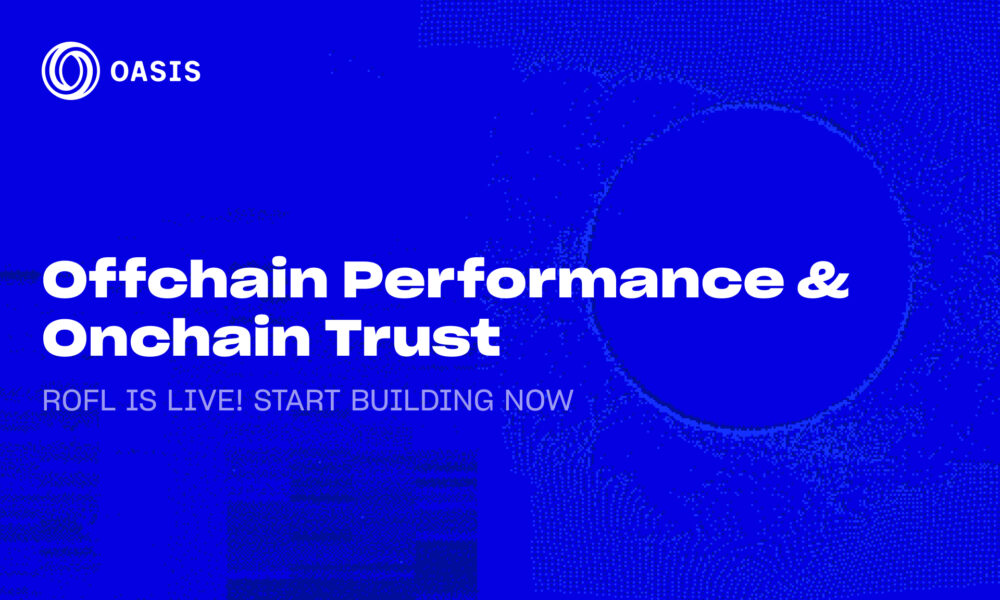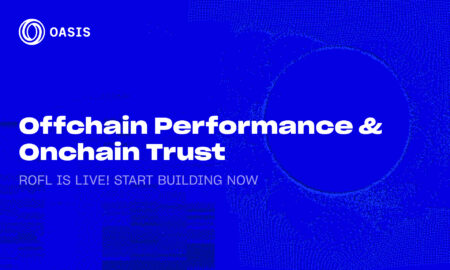Research Triangle Park (RTP) in North Carolina is now one of the world’s top spots for innovation, but it didn’t start out that way. Founded in 1959, RTP has become home to some of the biggest tech companies, research institutions, and startups. This growth is the result of smart planning, teamwork, and a strong focus on research and development. Let’s take a look at how RTP became a leading center for innovation and what makes it so successful.
How It All Began
Back in the 1950s, North Carolina’s economy was mostly based on farming, textiles, and tobacco. Local leaders wanted to grow the economy and keep talented people in the state, so they came up with the idea of creating a research park in the Raleigh-Durham-Chapel Hill area, known as the “Research Triangle.” This name comes from the area’s three major universities: Duke University, the University of North Carolina at Chapel Hill (UNC), and North Carolina State University (NC State).
These universities teamed up with government and business leaders to launch RTP in 1959. The park was meant to be a place where universities and businesses could work together on research, creating new technologies and job opportunities.
Early Successes
To make RTP a success, the park needed to attract big companies. So, developers invested in good land and facilities, making the area a great place for businesses to set up. In 1965, IBM became one of the first major companies to move in, which helped put RTP on the map. After that, more tech and research companies started to follow.
By the 1970s, other big names like Burroughs Wellcome (now GlaxoSmithKline) and the National Institute of Environmental Health Sciences (NIEHS) had joined RTP. This solidified RTP’s reputation as a top research hub.
The Power of Universities
One of the biggest reasons for RTP’s success is its connection to nearby universities. Duke, UNC, and NC State are all known for their cutting-edge research, and RTP companies benefit from the fresh ideas and talent that come out of these schools.
These universities help drive innovation in fields like biotechnology, renewable energy, and data science. They also encourage the creation of startups, which can grow and succeed with the help of RTP’s resources, funding, and support. NC State’s Centennial Campus, for example, is a place where students, professors, and professionals can work together on exciting new projects.
Government Support
The government also played a big role in helping RTP thrive. The state of North Carolina offered tax breaks, grants, and job training programs to attract companies to the area. Plus, federal agencies like the Environmental Protection Agency (EPA) and the National Institutes of Health (NIH) set up offices at RTP, giving the park even more credibility. Government support helped draw top researchers to RTP, boosting its reputation as a place for cutting-edge research.
Big Companies and Startups Working Together
RTP is home to some of the world’s biggest companies, like IBM, Cisco, Lenovo, and GlaxoSmithKline. These companies lead innovation in areas like artificial intelligence, biotech, and telecommunications. But RTP isn’t just about large companies it also has a thriving startup scene. The park provides mentorship, incubators, and accelerators to help new businesses grow and succeed.
Organizations like First Flight Venture Center and the North Carolina Biotechnology Center support startups by offering funding, resources, and networking opportunities. This focus on nurturing small companies has turned RTP into a vibrant community where both startups and tech giants thrive.
Becoming a Global Innovation Hub
Today, RTP is one of the largest research parks in the world, with more than 300 companies and over 60,000 employees. To stay competitive, RTP continues to evolve. For example, new coworking spaces like The Frontier offer flexible office spaces for startups and small businesses, promoting collaboration and new ideas.
RTP is also embracing smart technology and sustainable development to stay ahead of global trends. This forward-thinking approach ensures that RTP remains a top place for innovation.
What’s Next for RTP?
The future looks bright for RTP. As technology keeps advancing, the park is set to lead in areas like artificial intelligence, clean energy, and biotechnology. The collaboration between universities, businesses, and government will continue to fuel innovation.
By staying open to new ideas and investing in people, RTP is likely to remain one of the world’s top hubs for innovation for many years to come.
Conclusion
Research Triangle Park’s transformation into a global innovation center shows what’s possible when people come together with a shared vision. From its early days in the 1950s to its current position as a leading research hub, RTP proves that innovation isn’t just about technology it’s about the people, ideas, and partnerships that make progress possible.

































